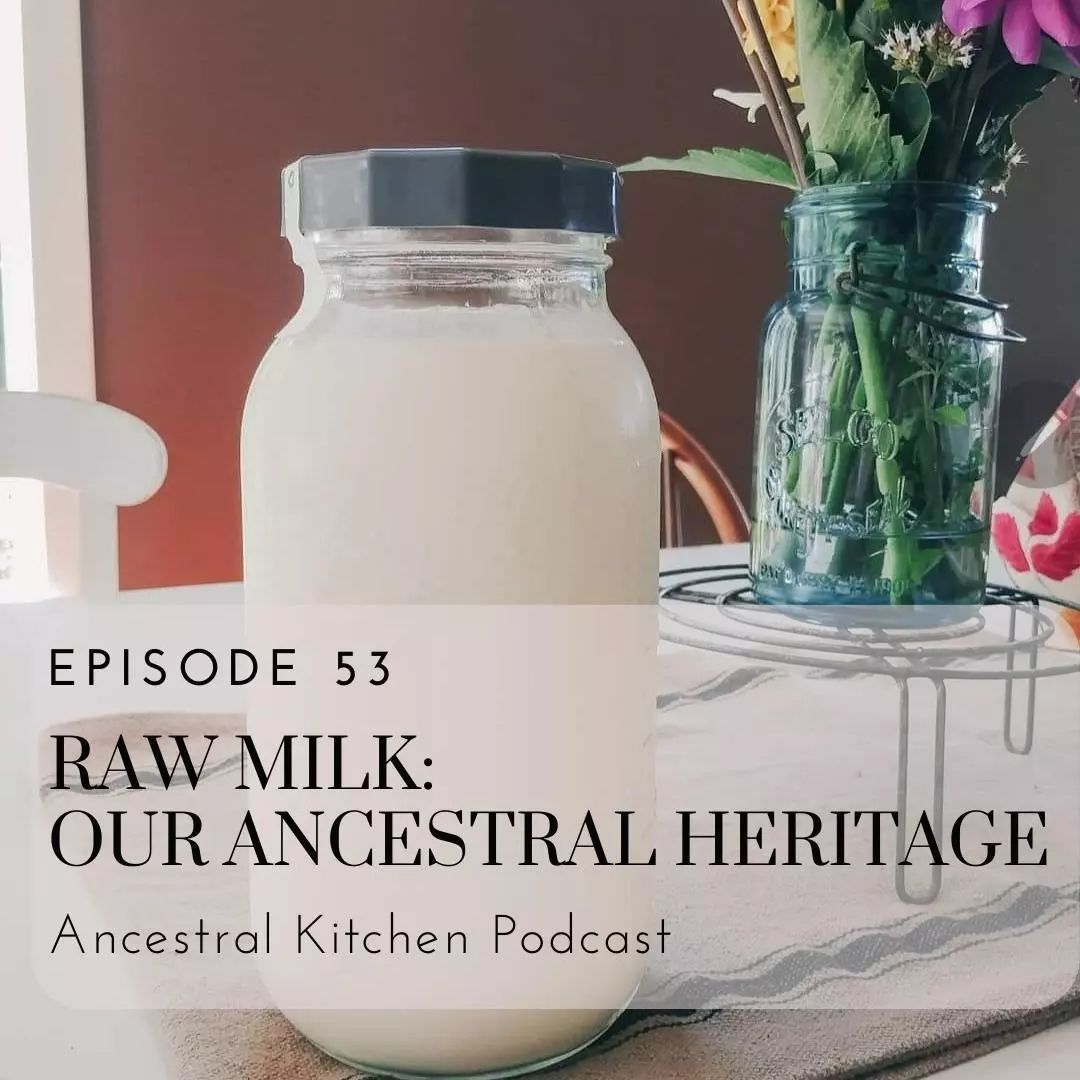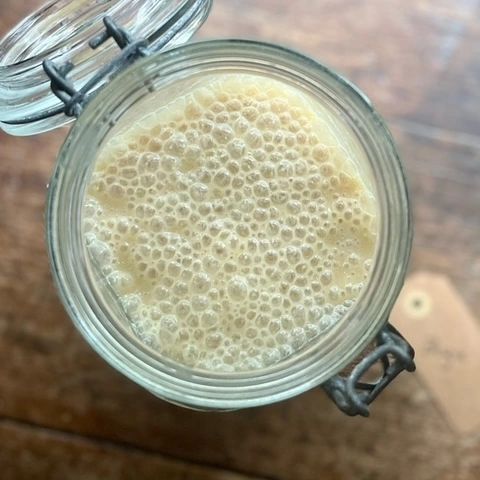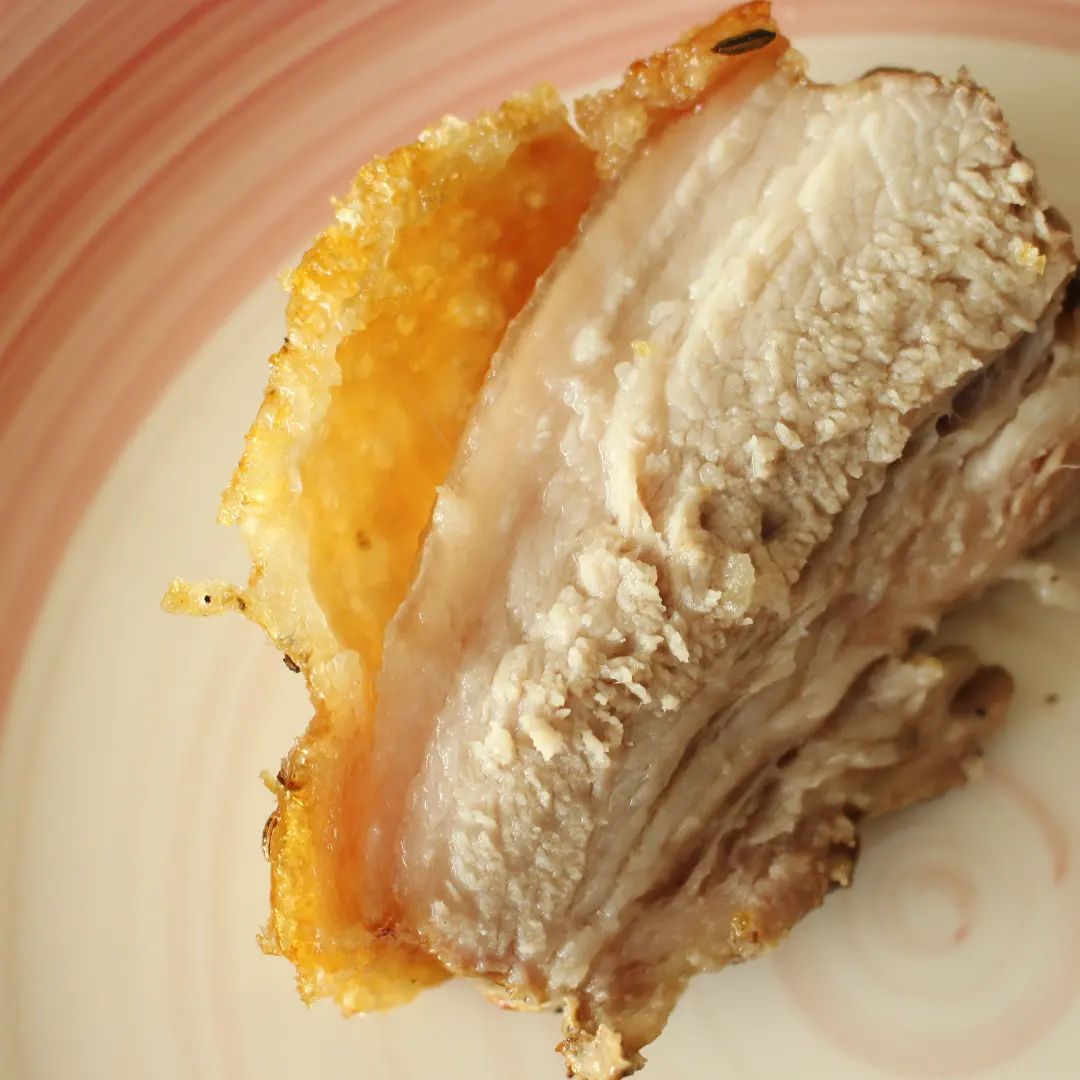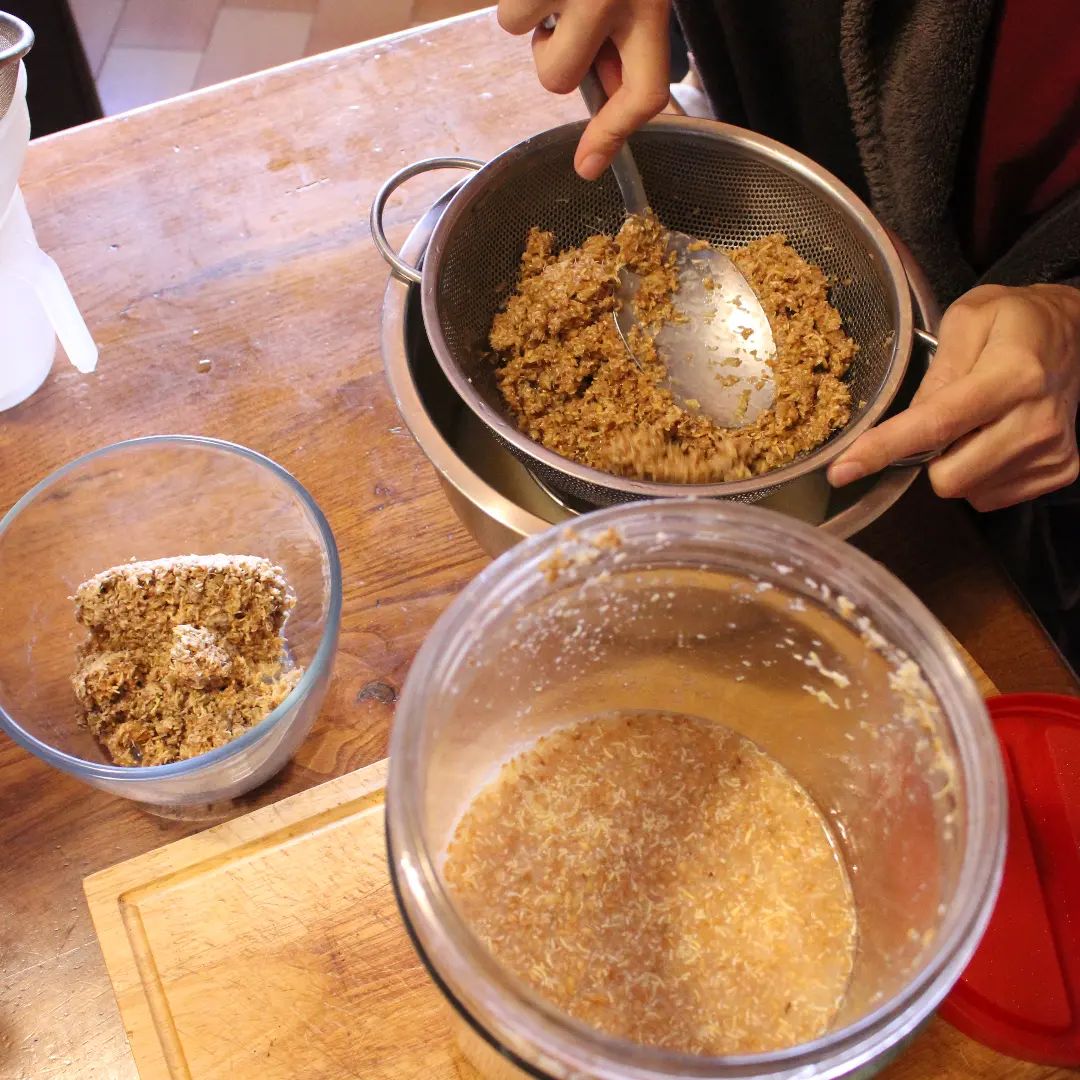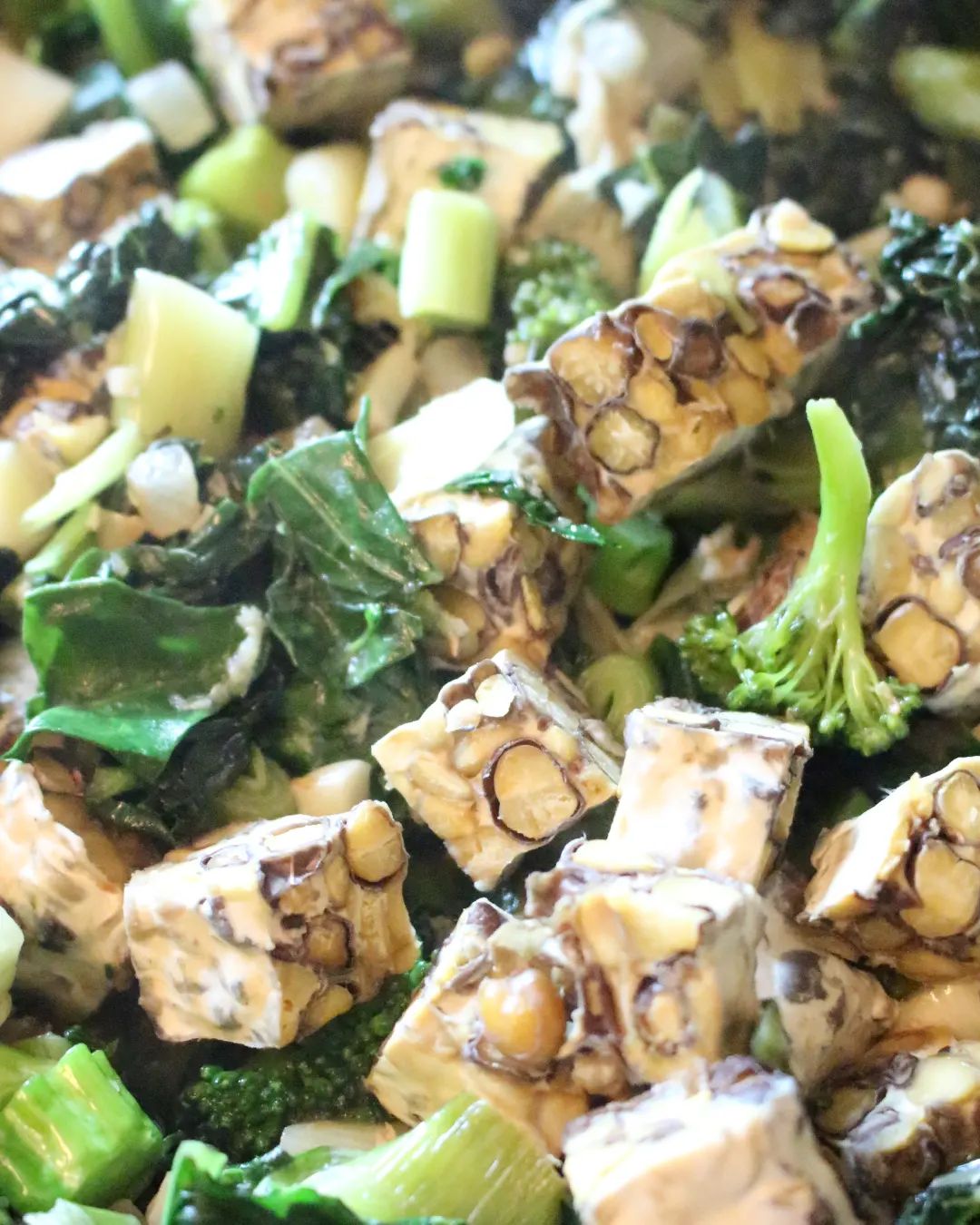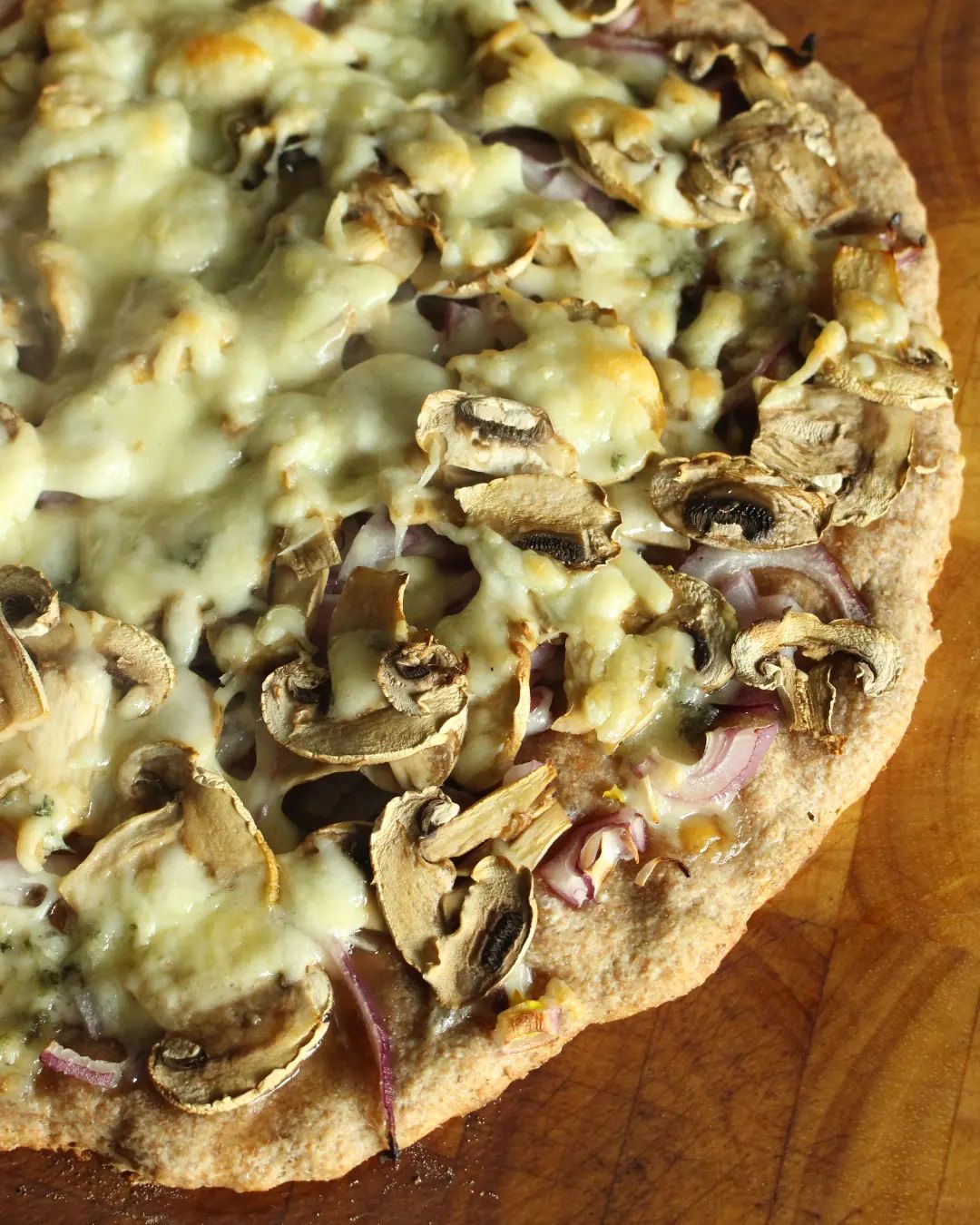When I first read Nourishing Traditions back in 2010 (I’m ever-grateful to you @jennierutzcom for passing the book my way), raw goat milk was one of the first things I brought into my transformed kitchen. . I had always had congestion problems with supermarket (aka ‘normal’) milk and my hubby, Rob, had found his skin peeled whenever he ate too much dairy. . These negative issues, which had caused both of us to stop eating dairy, disappeared when we consumed raw milk. We were amazed. . And then, 12 weeks into our son’s life, when I had to face the fact that I could not produce enough breast milk to feed him, we turned again to raw milk – making the Weston A Price baby formula at home from @elliesdairy goat milk. . Raw milk played a pivotal role in bringing us to ancestral foods and our son’s early days. It has brought us health (as well as amazing taste!). . And yet, when I look outside my bubble, I see how raw milk generates so much unfounded fear. Listen into episode 53 of @ancestralkitchenpodcast to hear about *real* milk; how it’s always been, and why industrialisation meant the advent of pasteurisation and the transformation of this amazing food stuff (and the places that produce it) into a shadow of what they could be.
When I first read Nourishing Traditions back in 2010 (I’m ever-grateful to you @jennierutzcom for passing the book my way), raw goat milk was one of the first things I brought into my transformed kitchen.
.
I had always had congestion problems with supermarket (aka ‘normal’) milk and my hubby, Rob, had found his skin peeled whenever he ate too much dairy.
.
These negative issues, which had caused both of us to stop eating dairy, disappeared when we consumed raw milk. We were amazed.
.
And then, 12 weeks into our son’s life, when I had to face the fact that I could not produce enough breast milk to feed him, we turned again to raw milk – making the Weston A Price baby formula at home from @elliesdairy goat milk.
.
Raw milk played a pivotal role in bringing us to ancestral foods and our son’s early days. It has brought us health (as well as amazing taste!).
.
And yet, when I look outside my bubble, I see how raw milk generates so much unfounded fear. Listen into episode 53 of @ancestralkitchenpodcast to hear about *real* milk; how it’s always been, and why industrialisation meant the advent of pasteurisation and the transformation of this amazing food stuff (and the places that produce it) into a shadow of what they could be.


